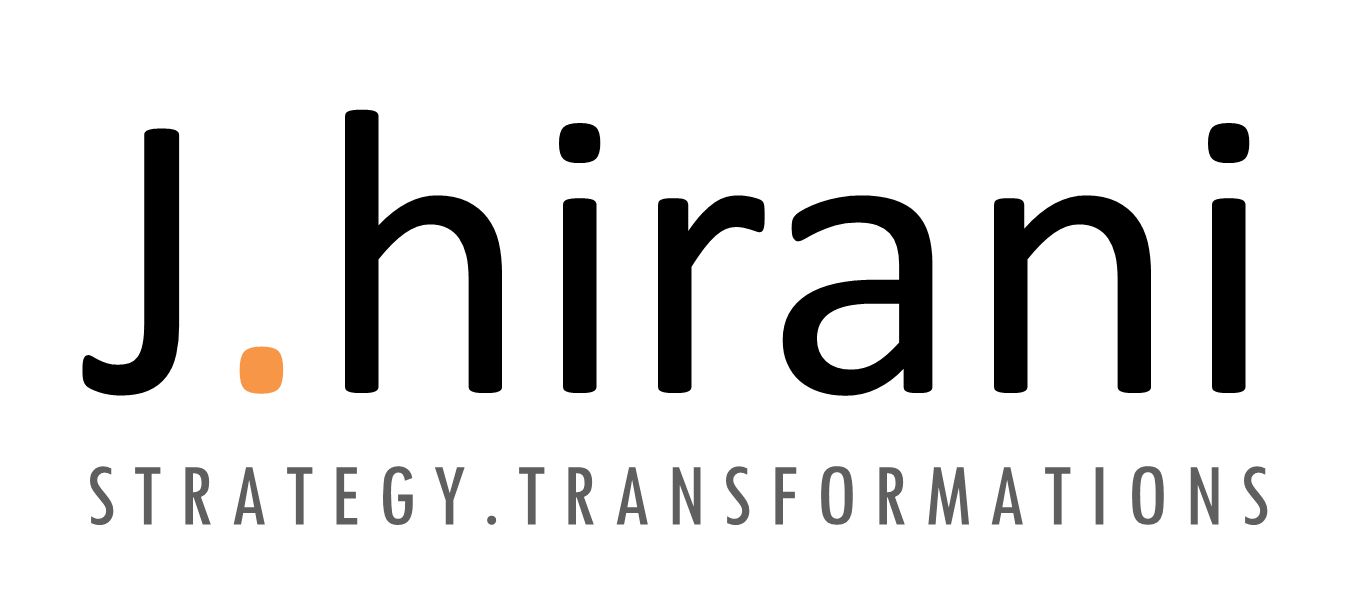Introduction:
As the Covid-19 pandemic is disrupting economies across the globe, it is very important to understand the drivers of inflation during Covid-19. Focus Economics Consensus Forecast panelists project consumer price inflation to average 5.1% in FY 2020, which ends in March 2021. In FY 2021, the panel projects consumer price inflation to average 4.3%.
Below mentioned are the drivers of inflation due to Covid-19, segmented between Lockdown phase and Re-opening phase
Lockdown Phase
The extent of price gouging in high-demand goods as panic buying and hoarding (for example, sanitizers, masks, medical supplies, pain relief medications) has played a major role in driving inflation during the lockdown phase.
Dependence on migrant workers in the production process has affected the supply. Prices of certain products (for example, agricultural goods) can increase if supply is disrupted because of labour shortages resulting from a decline in the number of migrant workers.
The extent of reliance on imported critical goods has exposed countries to inflation from abroad or to pass-through if countries witness sharp depreciations as a result of outflows driven by risk-off sentiments. This is bound to be especially important for emerging market economies and developing countries like India.
Countries failed to coordinate their emergency policies and that made international trade suffer. Also there was an assumption that supply disruptions might get worse in future. This was majorly expected in food and medical supplies industries. As exporting countries anticipated that they will not be able to import critical goods if they need, they started hoarding and avoid exporting these goods. This has contributed a lot in supply-demand.
Subsequent official lockdowns resulted in massive unemployment and income loss intensifying the fall in demand, and spreading it to other sectors as well.
Recovery Phase
Changes in consumer preferences (for example- permanent decline in demand for air travel and/or cruises) has also limited the demand rebound and dampen price increase in some sectors.
The extent of supply disruptions during the pandemic can continue scarring afterward. Impaired supply and a spike in demand can be inflationary. Containment measures may lead to mass liquidations and the destruction of economic relationships and because of that the supply side of the economy may suffer from a slow recovery (after the end of the pandemic).
Moreover, the virus is having a persistent adverse impact on labour supply, educational attainment, and other types of human capital formation. School admission, attendance and performance has gone down. While these negative impacts on the supply can create inflationary pressures, it may also lower incomes and weaken the rebound in demand. Further, an exceptionally high level of unemployment makes a strong wage push less likely. These can have a mitigating effect on inflationary pressures during the reopening phase.
An increase in the labour’s bargaining power can lead to higher wages, higher spending, and inflationary pressures during the recovery. The COVID-19 pandemic can increase labour’s bargaining power in many ways, which can affect the prices.
It is a suppliers’ market right now. There has been high demand and suppliers have increased prices in order to compensate for the loss due to lockdown. Suppliers are also mindful about fall in demand post festive season due to rise in covid cases and that is the reason they try to take advantage of the small opportunity window they get during festive season in India.
The high inflation is primarily in the areas of food, parts of fuel, communication and, to some extent, health. In October 2020, inflation, as measured by the consumer price index (CPI), stood at 7.61%. This is the highest inflation level since March 2014, when it was at 7.63%. Let’s look at this issue in all its dimensions. Other than the primary industries, there have been price hike in other industries as well.
|
Segment |
Inflation |
Reason |
|
Food |
9.43% |
Food inflation has
|
|
Petrol |
10.35% |
Oil prices have fallen internationally. But,
|
|
Foreign |
22.32% |
These increases
|
|
Beer |
25.32% |
These increases are done by state
|
|
Personal |
12.07% |
Of course the cost
|
|
Steel |
32% |
Steel prices have increased by 32% in
|
|
Copper |
77% |
There has been a
|
|
Chemical |
85-100% |
Chemical Industry depends on raw
|
|
Plastic |
20-300% |
Plastic raw
|
|
Aluminium |
26% |
Aluminium prices rise by 26%.
|
|
Natural |
52% |
Natural rubber
|
|
Textile |
7.61% |
Textile Industry has been affected by
|
|
Propylene |
26% |
An unexpected rise
|
What’s Next?
Recovery is faster and minor positive growth is expected in the third quarter. If efforts are not doubled to fight inflation, it can impact our economy. This can affect the government. It can also alter purchasing power and investments. If that continues for an extended period of time, it can lead an economy into recession. To stabilize and balance economy, policies can help achieve a lower rate of inflation. The government can use the monetary and fiscal policies to help control the supply of money in the economy.
Author:
 Shimoni Shah, is a fresh blood adding more knowledge to J.Hirani’s tribe. She has completed her Masters of Science in Management and Entrepreneurial Leadership from Babson College, USA. She is a trained dancer currently knowing 8 forms of dance and is adding a new form every year. She has experience of working as a technical sales executive and business-investor relationship manager.
Shimoni Shah, is a fresh blood adding more knowledge to J.Hirani’s tribe. She has completed her Masters of Science in Management and Entrepreneurial Leadership from Babson College, USA. She is a trained dancer currently knowing 8 forms of dance and is adding a new form every year. She has experience of working as a technical sales executive and business-investor relationship manager.
About J.hirani: J.hirani is a Strategic Transformation team which works as a growth partner for different organisations in various industries by providing services like Agile transformation, Scenario mapping, Strategic alignment, Balance scorecard, Digital transformation, Incubating new ventures, Operation excellence and Aligning human capital.
©J.Hirani, Drivers of Inflation during Covid-19, January 2021. All rights reserved.



